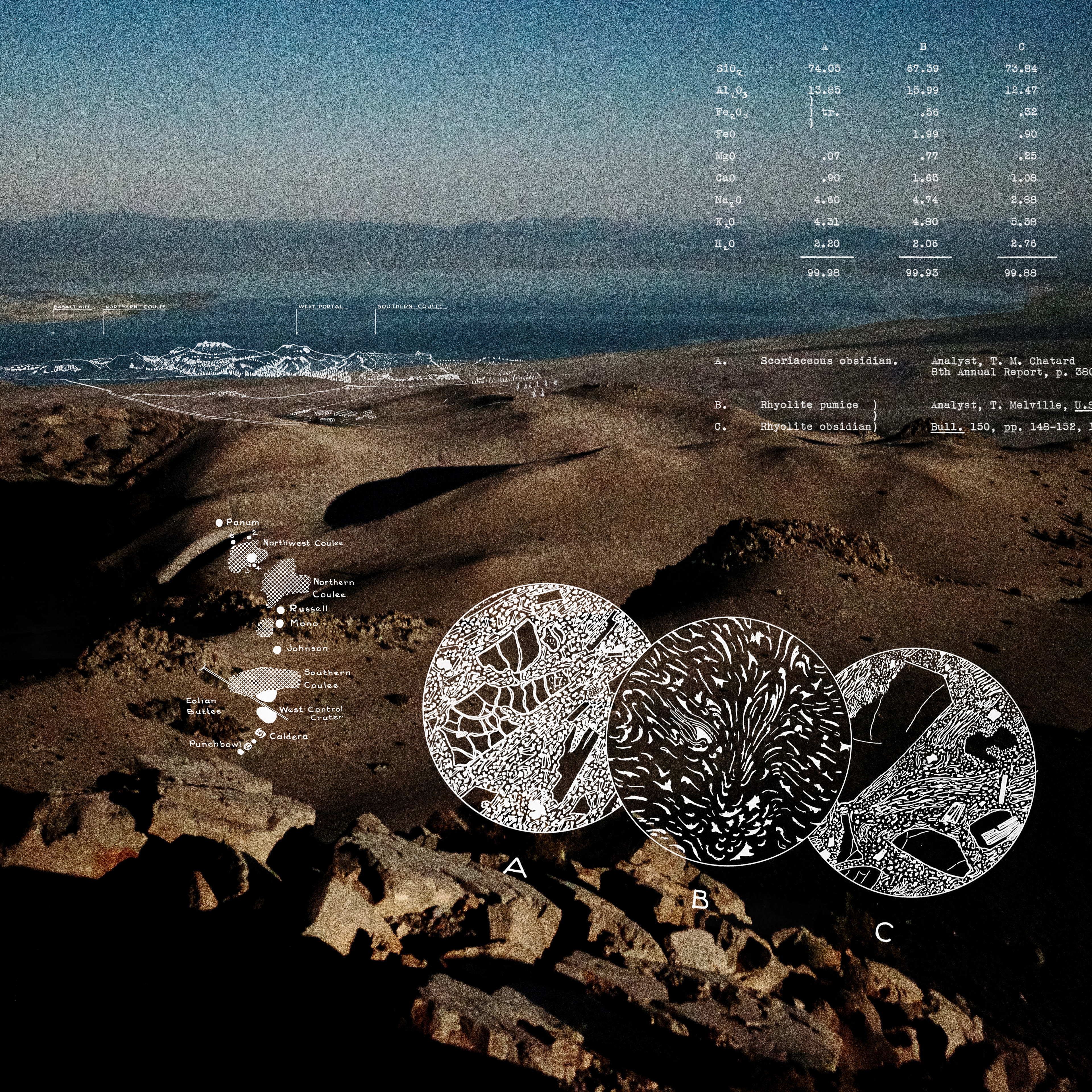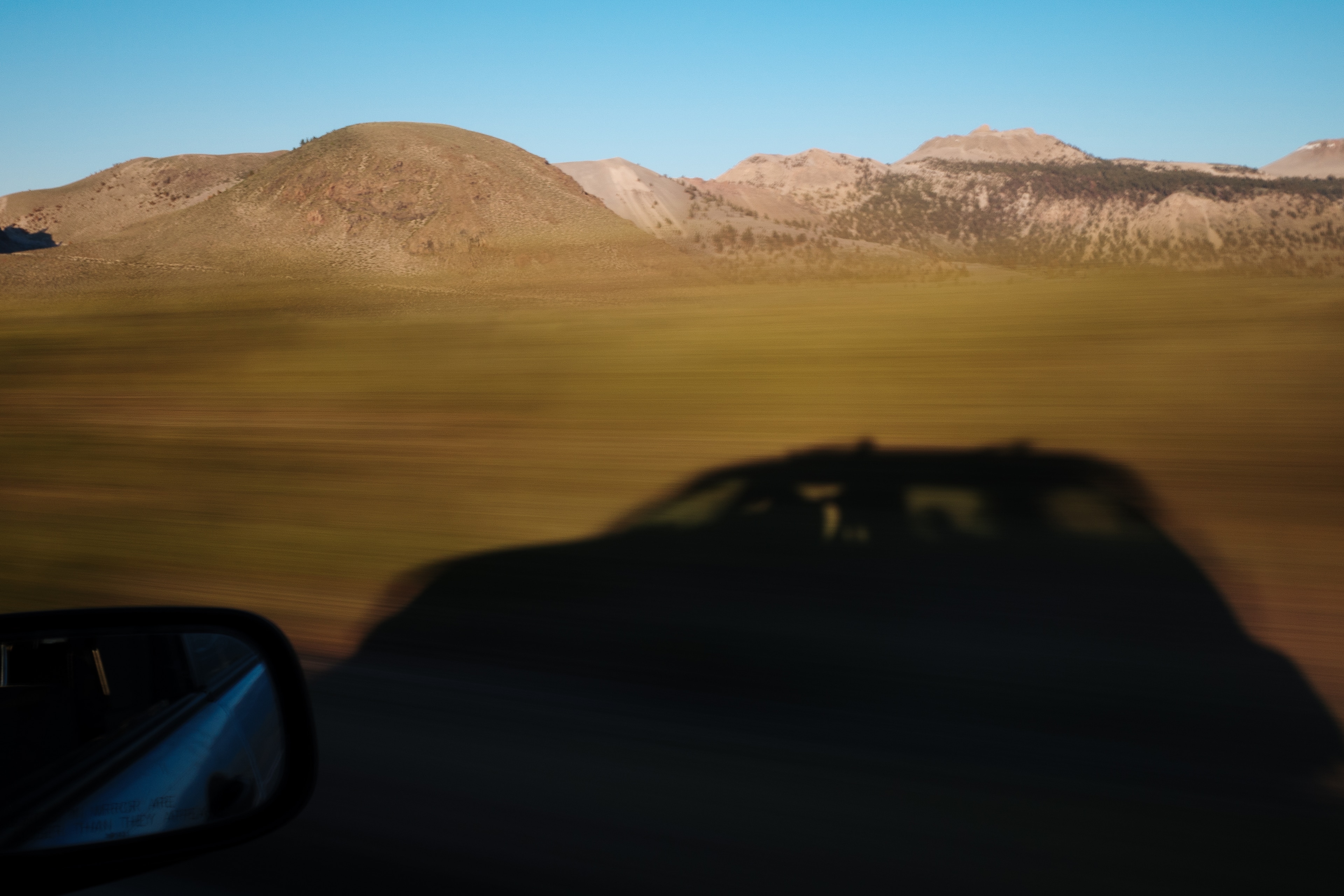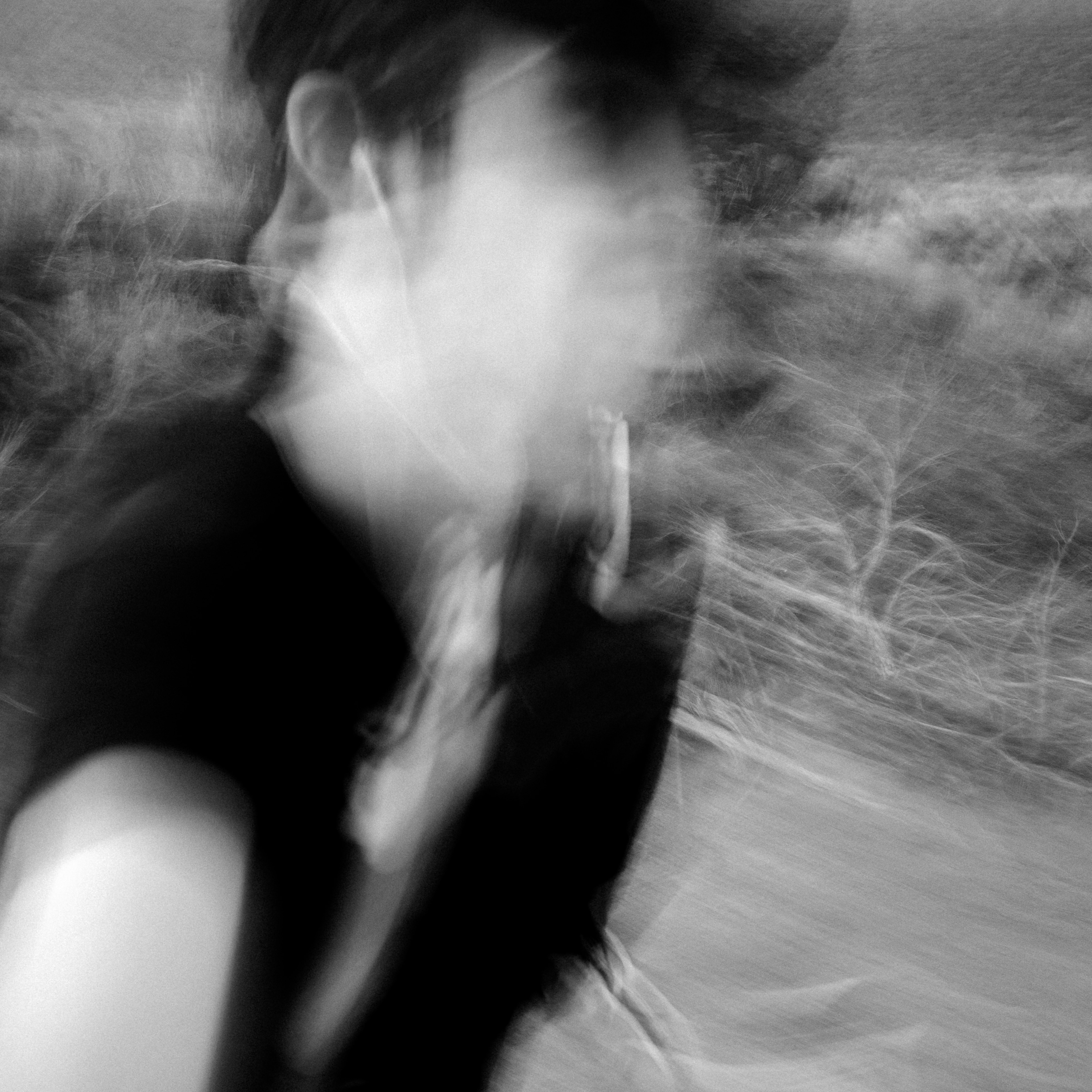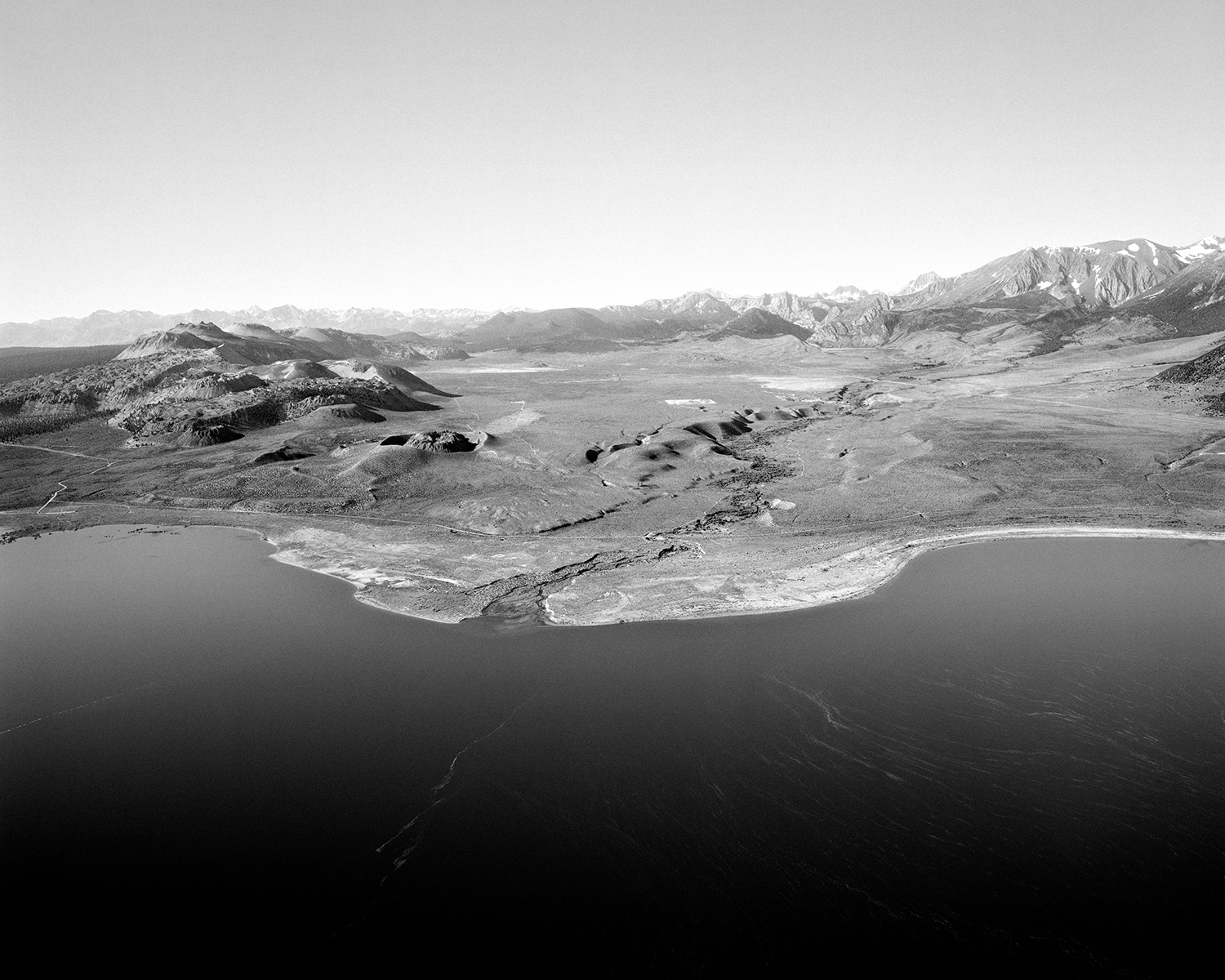Running Mono Craters by Night




After a weeklong cold snap, an intense heat wave has rolled into the Eastern Sierra. Incredible amount of water melting. Several accidents in the alpine related to wet loose slides, and a few more due to fast moving water in the rivers and streams.
The moon is full tomorrow, and the brightness streaming in through my window at night wakes me up. It’s like the sun is out. Between the temperature and the brightness, it’d be fun to fit in a night run. One area immediately comes to mind.
Crater Mountain, the high point of the Mono Craters. I drive past the craters often, and the views stretch on forever in all directions.

The area surrounding Mono Lake is criss-crossed by a network of sandy roads. I pull off onto one of them and turn off the engine. The air is still. Total silence. The sun is working its way down the horizon to the west.
Tighten up the laces. Off we go.

The Mono Craters are geographically unique. A chain of glassy obsidian domes and frozen-in-time lava flows stretching the better part of twenty-five miles. They’re young.
Paoha Island, a striking white prominence in the center of Mono Lake, formed through uplift only two-hundred and fifty years ago. A tectonic toddler.



Bright green rubber rabbitbrush and deep reds of caterpillar greasewood line the loose terrain. Xerophytes dot the gaps in-between. The Northwest Coulee—a flow of volcanic glass—reflects the last rays of sun, a shadow slowly crawling upwards as it sets over the Kuna Crest.
The air begins to cool.

The sage parts, revealing pockets of open pumice covered in blooming wildflowers. The ground was once lava, but now each step is made intentionally to avoid delicate lupinus breweri.
“Large glass domes have steep sides flanked by talus slopes of big, angular glass blocks. The tops of some domes are rough. The glass that composes domes has flow lines expressed by bands with different densities of bubble holes. Flow lines near the center incline steeply, reflecting the near-vertical extrusion of the lava there; flow lines near the margins of a dome fan outward, indicating the flow of glass from the extrusion center.” Mountains of Glass
A light use trail begins at a fold along the base of the dome. The sunset reflects off the volcanic glass. Obsidian edges are razor-sharp. Tripping here is a slicey proposition. Slowing to a walk doesn’t annoy; more time to take in the views.

The air is buzzing deep blue, the sun barely illuminating the upper reaches of the atmosphere. The ground disintegrates with each step, but somehow towering Jeffery Pines take root. A mystery to me.
Cresting a rollover, the outline of the ryholitic glass dome is backlit by the rising full moon.

Snow fields dot the remaining distance to the summit. The sun now well below the horizon, an icy crust has formed and prevents travel. A few hundred feet of loose class two and a mantle on sharp protruding glass.
Standing at the top is a small struggle. The wind is gusting, and balancing on the glass takes some effort. Sitting on the serrated edges is, as you can imagine, not the definition of comfort.


To the west, Saturn sets above Parker Pass while cars speed between June Lake and Lee Vining. Looking south, the moon brightly shines above the Sherwin Grade between Bishop and Mammoth. Long shadows stretch toward the alkaline water of Mono Lake.
Suddenly a bright red light explodes above Mammoth, reflecting off the snowy runs of the ski resort, still open from top to bottom in July. It’s the Fourth of July fireworks display at Mammoth Mountain some twenty miles away, I realize, and settle in to watch the show from a wild perspective. Serendipity!

The show is soon over. I sign the summit register and begin heading down. Talk about all-time scree skiing conditions! The loose ground that made climbing slow going makes the descent a breeze.
Massive plunge steps are one of life’s simple pleasures.

The moon is high and my eyes are fully adjusted. No headlamp. Back on dirt road, the miles go quickly. A sharp sound cuts through the quiet, and a nighthawk swoops overhead. Angular swept wings make for easy turns on a dime as it snatches insects.
A reflection in the near distance turns out to be the hood of my car. I unlock the door and start the engine.